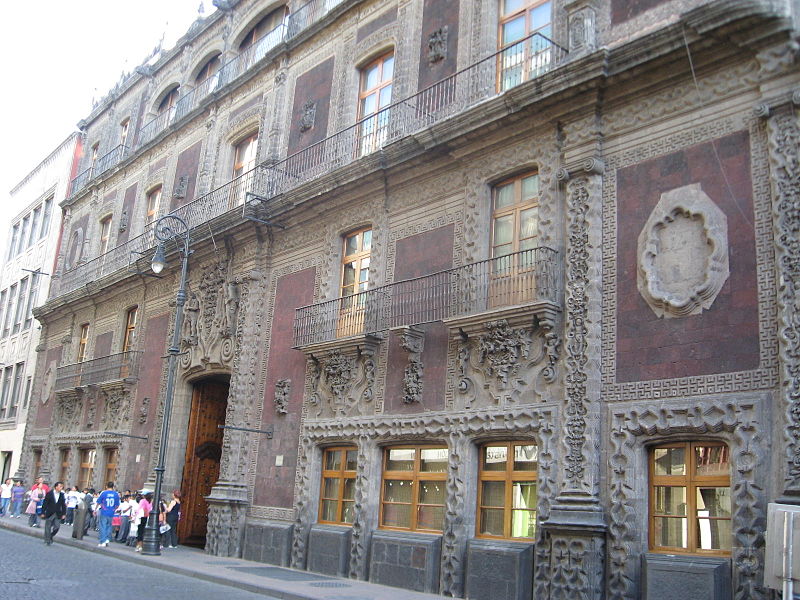
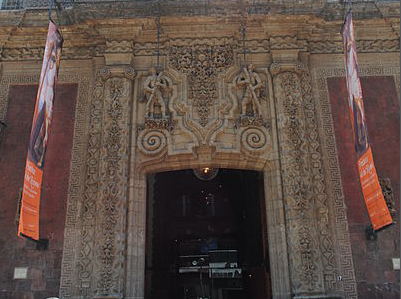
At 17 Francisco I. Madero Street in the Historic Center of Mexico City is located the Iturbide Palace, one of the emblematic constructions of the novohispanic baroque in the capital, which for more than two centuries has been a residence, school, hotel and currently a cultural space.
This building began its construction in 1779 by the architect Francisco Antonio Guerrero y Torres. In 1785 its construction was completed and its quarry and tezontle walls turned it into a symbol of the colonial splendor of the time. Years later it was inhabited by Agustín de Iturbide before he became emperor of Mexico. This gave it the name by which it is known to this day. Later, it served as the headquarters of the Colegio de Minería, and in 1851 it was transformed into a hotel and the terminal of a stagecoach company, which welcomed travelers arriving to the capital.
In 1964 it was acquired by the National Bank of Mexico with the intention of rescuing it and restoring its splendor; in 1972 its first restoration was completed and decades later, in 2002, a deeper restoration was carried out by the master architect Legorreta.
In 2004 it was reopened as “Palacio de Cultura Banamex”. Currently its rooms receive temporary exhibitions, guided tours and cultural activities that keep it alive as a reference of the historical heritage of the capital.
The Palacio de Iturbide is not only a building of great architectural value, but also a witness to Mexico’s social and cultural changes, which has been able to maintain the memory of its viceregal past while opening up to the present as a space for culture.
Guided tours for the general public are free of charge and take place from Monday to Sunday at 12:00, 14:00 and 16:00 hours. There are also visits for families and groups on Saturdays and Sundays at 12:30 pm.
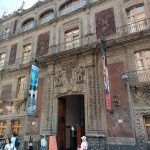 Popularly known as the "Palacio de Iturbide," the palace was built by architect Francisco Guerrero y Torres in 1782. It was built as a dowry given by the Marquis of Jaral de Berrio to his daughter at her marriage to the Marquis de Villafont. With Mexican Independence, the palace was occupied by Agustín de Iturbide and his family. Troops arrived to the building to cheer him as emperor, and thus began the First Mexican Empire.
The elegant façade is one of the best examples of "civil Baroque" architecture in Mexico City. The two atlantes placed over the high gate stand out. The majestic courtyard is formed by arcades supported by slender columns, influenced by the courtyard of the Royal Palace of Palermo, in Italy. The palace is currently a cultural precinct dedicated to important temporary exhibitions and called the Palacio de Cultura CitiBanamex.
Popularly known as the "Palacio de Iturbide," the palace was built by architect Francisco Guerrero y Torres in 1782. It was built as a dowry given by the Marquis of Jaral de Berrio to his daughter at her marriage to the Marquis de Villafont. With Mexican Independence, the palace was occupied by Agustín de Iturbide and his family. Troops arrived to the building to cheer him as emperor, and thus began the First Mexican Empire.
The elegant façade is one of the best examples of "civil Baroque" architecture in Mexico City. The two atlantes placed over the high gate stand out. The majestic courtyard is formed by arcades supported by slender columns, influenced by the courtyard of the Royal Palace of Palermo, in Italy. The palace is currently a cultural precinct dedicated to important temporary exhibitions and called the Palacio de Cultura CitiBanamex.
Heart of México Walking Route: Alameda - Madero
< < Casa de los azulejos | La Profesa > >
Proyecto “Corredor de Cultura Digital”.
Nombre de la investigación: Investigación Centro Histórico, Monumentos, Edificios y Puntos de Interés (2023)
Dirección de investigación y diseño de Rutas: Acércate al Centro A.C. Guadalupe Gómez Collada
Coordinación e investigación histórica: Fideicomiso del Centro histórico Dir. Maestra Loredana Montes
 contacto@fomentoculturalbanamex.org
contacto@fomentoculturalbanamex.org
 +52 (55) 12260124
+52 (55) 12260124
 https://fomentoculturalbanamex.org/palacioIturbide.html
https://fomentoculturalbanamex.org/palacioIturbide.html
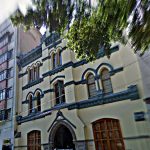
Nearest at 0.08 kms.
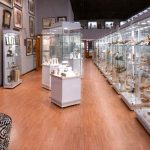
Nearest at 0.09 kms.

Nearest at 0.09 kms.
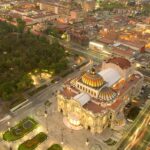
Bellas Artes has long been an iconic symbol of Mexico City's culture and performing arts.
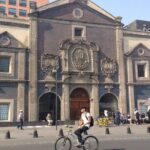
One of Pedro de Arrieta's most lasting contributions to the look and feel of the City.
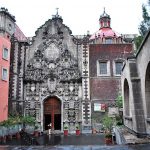
One of the oldest places on today's calle Madero, the temple is only accessible through a remaining side chapel.
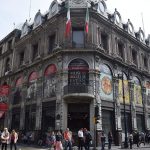
One of the most eclectic of museums, at home in one of the most dynamic of late 19th century buildings.
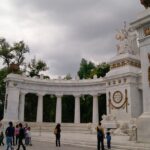
The Benito Juarez monument is just one of the most prominent points of interest in the Alameda Central.